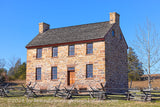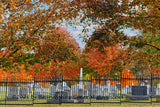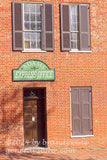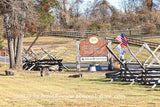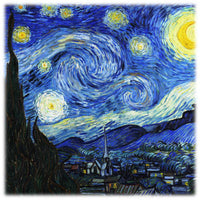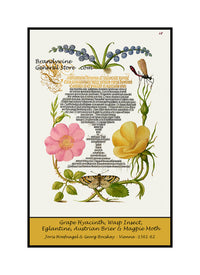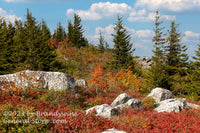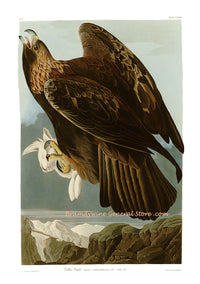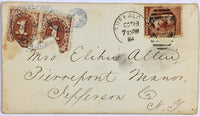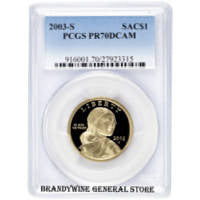Little Sandpiper by John James Audubon art print
An archival premium Quality art Print of the Little Sandpiper by John James Audubon for sale by Brandywine General Store. These tall spindly birds were plate or picture number 320 in the first Havell edition of Birds of America, the ornithology work published by Audubon. The artist shows an adult male with his summer plumage on the left and a female on the right. Both birds are standing at the bottom of a small waterfall on a creek. These birds are a little unusual in their coloring, in that the male and female are about the same colors. They are mostly brown, black and white with long green beaks and green legs and claws. A forest scene is in behind the pair of birds.
Tringa Pusilla - Mr Audubon describes the Little Sandpiper in Birds of America thus: "That this species is naturally disposed to seek alpine sections of the country for the purpose of reproduction, I obtained abundant proof whilst in Labrador, where I found it plentiful, and breeding on the moss-clad crests of the highest rocks, within short distances of the sea. There are means through which the experienced student of Nature may discover the hidden treasures of birds of this family, which to others would prove useless, and which I shall here point out. At all periods, excepting those at which they have nests containing eggs, or young so small and delicate as to require all the care of their parents, the flight of the present species usually resembles that of the Common Snipe, Scolopax Wilsonii; but when startled from the nest, or from any place in its immediate vicinity, it rises on wing, and moves off low over the ground with deeply incurved wings, and with a whirring motion of these organs, which, if as rapid as that of a Partridge, would appear quite similar; but, on such occasions, our bird moves slowly before you, and instead of uttering the note of independence, as it were, which it emits at other times while freely and fearlessly travelling, it gives out sounds weakened as if by grief or anxiety, for the purpose of inducing you to follow it. If on the ground, it acts in a similar manner, moves off slowly, and limping as if crippled, and this at times quite as much as if you had really come upon it while on its nest, or surprised it with its young.
On all such occasions, reader, you ought to mark well the spot from which the bird has started, and, to assure yourself that your eye may not be deceived, throw your cap or hat at your feet to serve as a beacon, should necessity afterwards call for it, to guide you around the place until you have discovered the nest which you are desirous of seeing. Through these means, on the 20th of July, 1833, I after some search found the nest and eggs of this species. The birds flew, to use the words of my Journal, like Partridges, and not like Tringas. I marked them well, for both the female and the male flew from near the nest, and having left my fisher's hat where I then stood, I walked carefully over the moss hither and thither, until at last I came upon the spot. My pleasure would have been greatly augmented had any of my young companions been near; but the sailors who had rowed me to the foot of the rocks exhibited little more delight than they would have done on finding that their grog had been stopped.
For my part, I felt as happy as when, on the same coast, I for the first time saw the nest and eggs of the Black-crowned Warbler. Four beautiful eggs, larger than I had expected to see produced by birds of so small a size, lay fairly beneath my eye as I knelt over them for several minutes in perfect ecstasy. The nest had been formed first, apparently, by the patting of the little creature's feet on the crisp moss, and in the slight hollow thus produced were laid a few blades of slender dry grass, bent in a circular manner, the internal diameter of the nest being two inches and a half, and its depth an inch and a quarter. The eggs, which were in shape just like those of the Spotted Sandpiper, Tetanus macularius, measured seven and a half eighths of an inch in length, and three-fourths of an inch in breadth. Their ground colour was a rich cream-yellow tint, blotched and dotted with very dark umber, the markings larger and more numerous towards the broad end. They were placed with their pointed ends together, and were quite fresh. The nest lay under the lee of a small rock, exposed to all the heat the sun can afford in that country. No sooner had the little creatures felt assured that I had discovered their treasure, than they manifested a great increase of sorrow, flew from the top of one crag to another in quick succession, and emitted notes resembling the syllables peep, peet, which were by no means agreeable to my feelings, for I was truly sorry to rob them of their eggs, although impelled to do so by the love of science, which affords a convenient excuse for even worse acts. This pair, however, would seem to have been late in depositing their eggs, for on the 4th of August my party and myself saw young birds almost as large as their parents, and agreeing in almost every point with the descriptions given of Tringa Temminckii. Many small flocks of these birds, consisting of old and young, were already departing from Labrador, and were seen on all our excursions. On the 11th of August, we also found adult and young in great numbers. But not a single newly hatched individual of this species could I procure, while the young of the Ring Plover were very abundant....." Audubon Bird print 320



